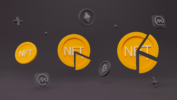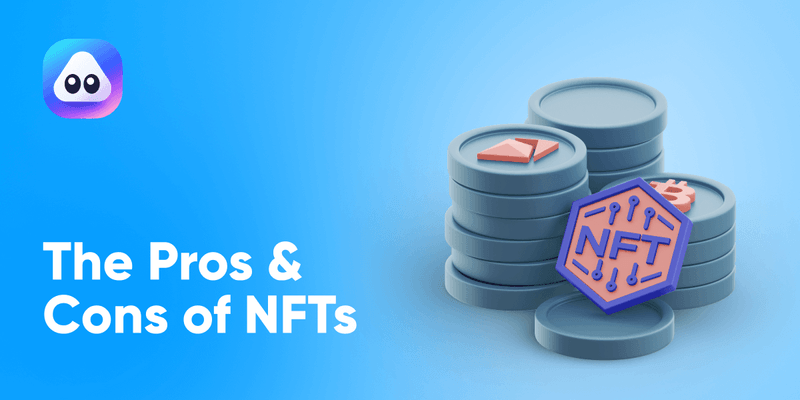In the ever-changing context of the valuation of digital assets, non-fungible tokens (NFTs) are increasingly controversial, sparking debate among enthusiasts, skeptics, and critics. Creators, collectors, and investors around the world have been captivated by these unique digital assets powered by blockchain technology. However, as with any innovation, NFTs bring their share of controversies and challenges, raising the question: NFTs: Are They Trash or Cash?
What Are NFTs and How Do They Work? NFTs: Are They Trash or Cash?
NFT is used as digital tokens to represent the authenticity of unique elements or content such as works of art, music, videos or even virtual real estate. NFT, like Bitcoin or Ethereum, are indivisible and cannot be replicated, unlike cryptocurrencies that are flexible and can be traded on an individual basis. All NVTs are kept on a blockchain, offering a transparent and immutable record of ownership.

What Are the Pros and Cons of NFTs? NFTs: Are They Trash or Cash?
Pros of NFTs:
Opponents of NFT argue that creators have unprecedented opportunities to monetize their digital creations, bypass traditional guardians, and establish direct relationships with their audiences. Fans can obtain property rights or limited editions of their works through tokenizer for their artists, musicians and other content creators. Through the diffusion of the creative economy, artists have been able to obtain a fair share of the value they generate.
In addition, NTFs have opened up new opportunities for collectors and investors to diversify their portfolios and engage in the growing digital economy. Rare digital assets, such as CryptoPunks, NBA Top Shot Moments, and digital art by renowned artists like Beeple, have reached exorbitant prices in online auctions, drawing public attention to the potential value of NFTs. Some see the NFT as a digital equivalent of traditional collectibles, with the added benefit of demonstrable rarity and authenticity.
Cons of NFTs:
However, supporters raise legitimate concerns about the environmental impact of ETFs, particularly their carbon footprint. Using blockchain networks like Ethereum, NFT’s striking and exchanging process uses a lot of electricity, which contributes to carbon emissions and environmental degradation. Critics say that NDTs are more expensive for the environment than for their potential benefits, especially because of the growing urgency to fight climate change.
In addition, the NFTs market faces difficulties related to copyright infringement, plagiarism and fraud. Due to the decentralized nature of blockchain technology, verifying the authenticity and provenance of NFTs can be difficult, leading to instances where stolen or unauthorized content is tokenized and sold as authentic. Concerns about investor protection and market manipulation are also raised by the lack of regulation and oversight of NFts.

Conclusion:
To conclude, the discussion about whether NFts are Trash or cash is diverse and subtle, demonstrating the complexities of the digital economy. NTFs are a great way to benefit creators, collectors, and investors, but they also present significant challenges and risks that require special attention. As the NFTs market continues to evolve, stakeholders must strive to strike a balance between innovation and accountability, ensuring that NFT contributes positively to the creative economy while mitigating their negative impacts on the environment and society.
Reference list :
What Are NFTs and How Do They Work?
The Environmental Impact of NFTs: What You Need to Know
